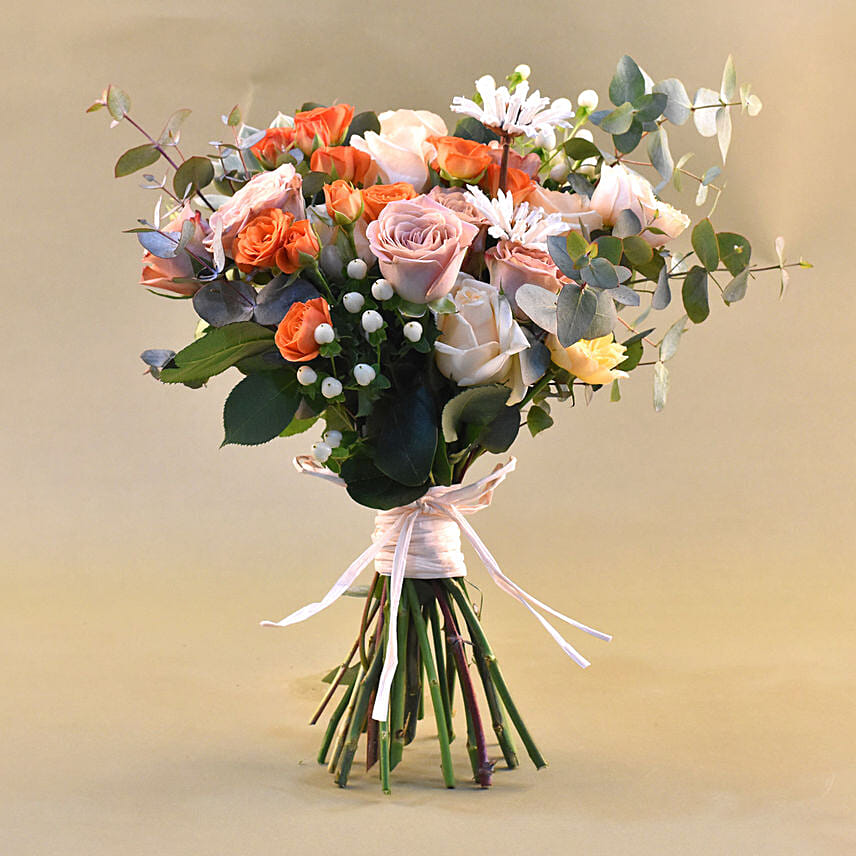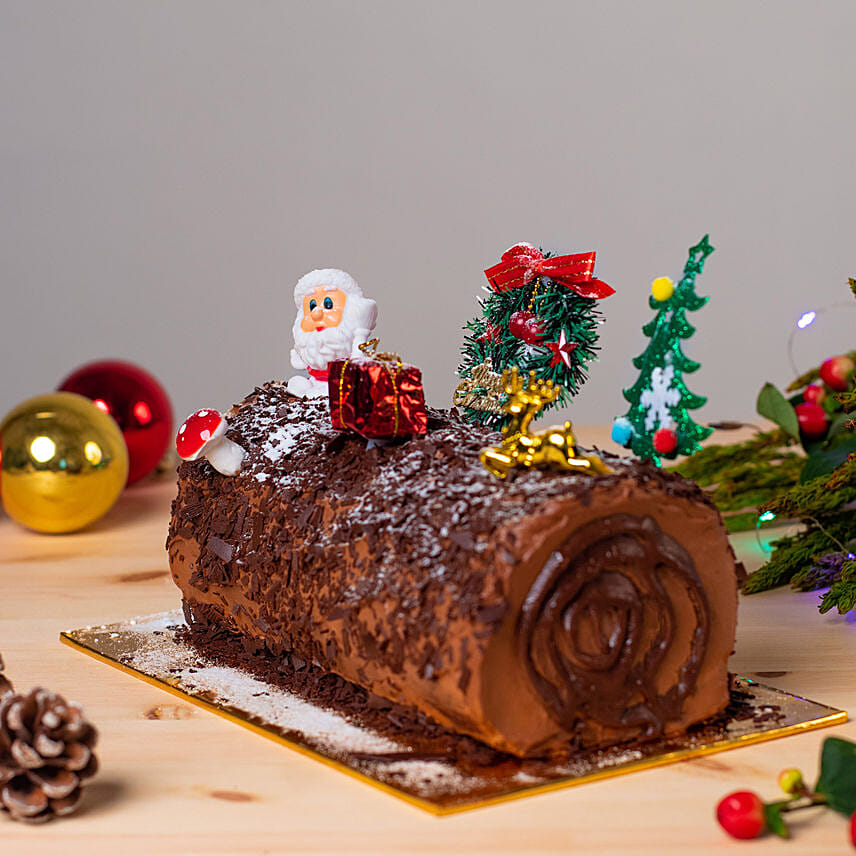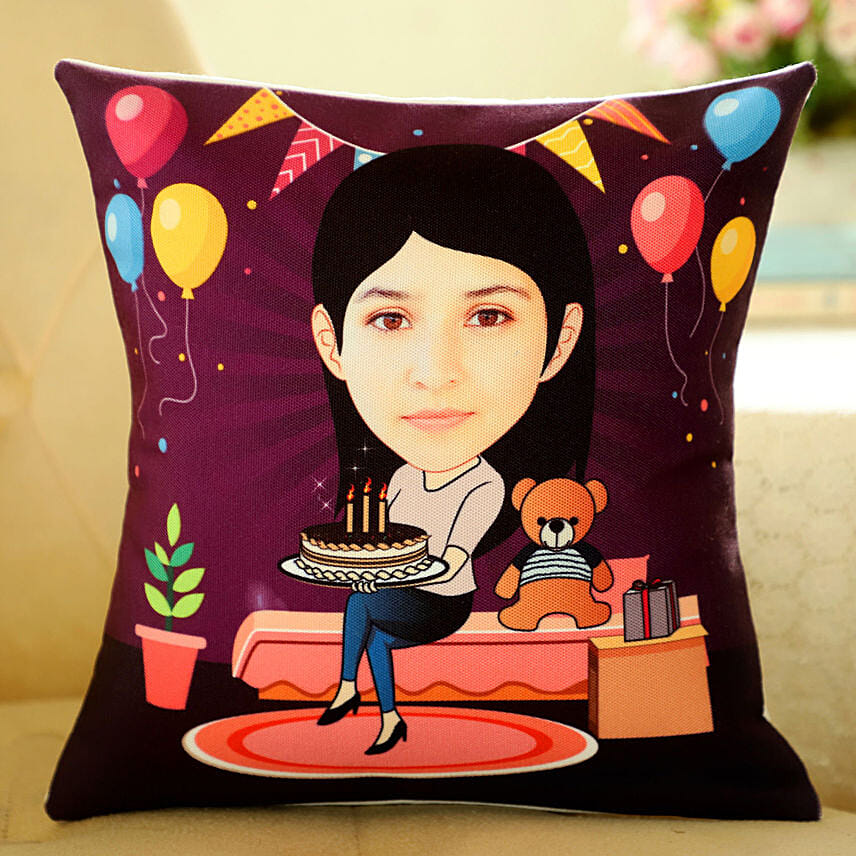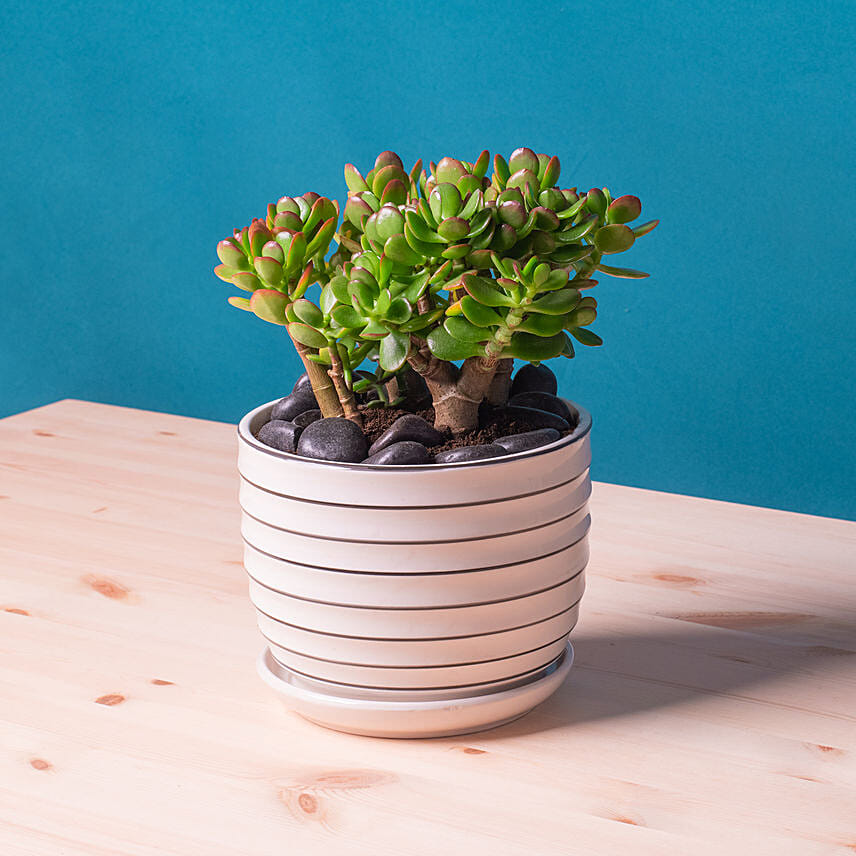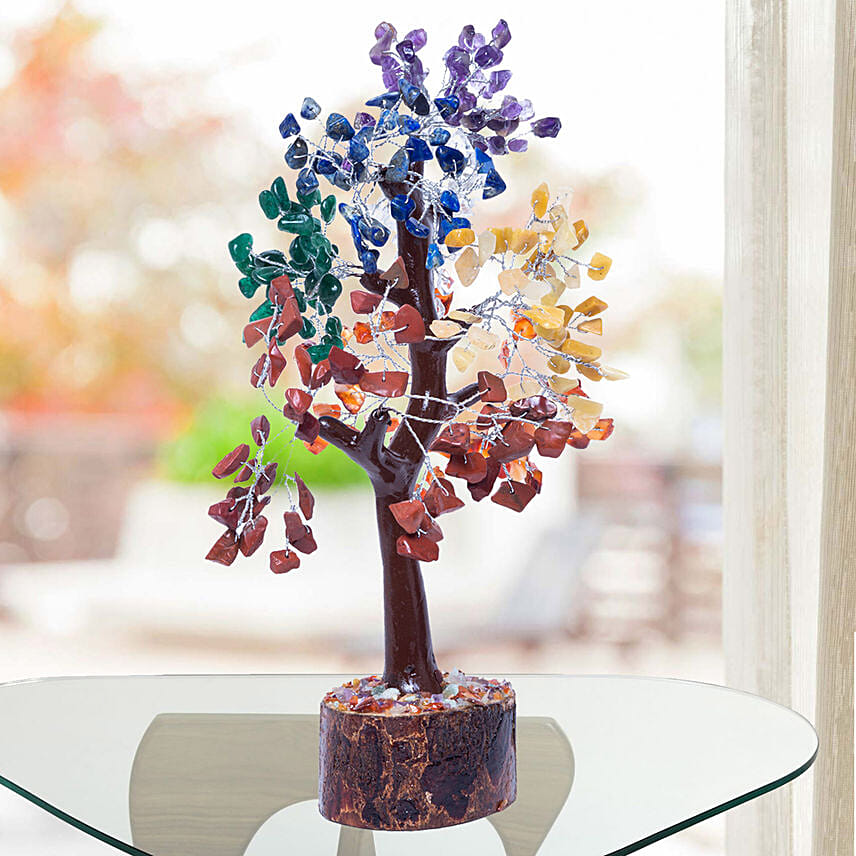What is the Reason Behind Hanging Christmas Wreaths
- Author: Anushka Published: 17th Nov, 2022
What’s the one thing during Christmas that you open up to? We will give you a hint - it’s a circular-shaped assortment of leaves, flowers, fruits, twigs and pretty decors. Yes! We are talking about Christmas wreaths that people hang in literally every place. From doors to fireplaces and from fences to windows - Christmas wreaths are those ornamental arrangements that deck up the place like no other. Though it’s a seasonal decoration, it’s a lot more than its beauty and splendour. Check out the history and reason associated with hanging Christmas wreaths below.

Early Wreath Traditions
The tradition dates back to the earliest civilisations. The ancient Greeks used to wear wreaths upon their heads as laurels. It symbolised their rank, success, achievement and status. Women would carry them as headdresses as a symbol of pride and during special occasions such as weddings. Additionally, the winners of any sporting event were bestowed with laurel wreaths. The wreath is still associated with victory as it is being engraved onto Olympic medals to mark laurels.
In the Persian empire, wreaths were worn on heads as a symbol of importance. Then, Roman soldiers were given wreaths of honour when they would return safely and victoriously from battle. Also, Ancient Egyptians decorated statues of gods using head wreaths made of cloth strips with flowers sewn on them.
History of the Christmas Wreath
The most prominent and widespread use of wreaths comes in connection with Christianity and Christmas. During the 16th century, the use of wreaths during Yule was adopted by Christians and soon, it became a tradition in the form of Advent wreaths. Those wreaths were traditionally made of evergreens to symbolize immorality, holly oak, and red berries. The thorny leaves and red berries of the holly oak symbolise the crown of thorns which was worn by Jesus Christ and the drops of blood that they drew. The Advent wreath was decorated with four candles - three purple and one pink. The purple ones symbolise penance & expectations while the pink one represents the coming joy. Three candles are placed on the outside while one is placed in the middle of the wreath. On Christmas Eve, the middle candle is lit to mark the spread of the Light in the World - the coming of Jesus Christ.
The circular shape and continually green leaves of the wreath represent eternal life and the undying love of God. And if you are wondering why red, white, green or purple colours are often used in wreaths, it’s because they represent blood, joy, sacrifice, life and forgiveness respectively, in Jesus.
Moreover, Christmas wreaths are also associated with the pagan holiday of Yule, which marked the winter solstice and was commemorated by ancient Germanic and Scandinavian people.




